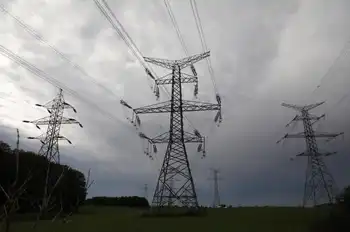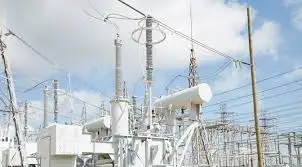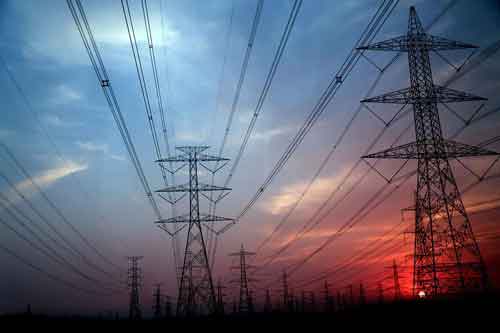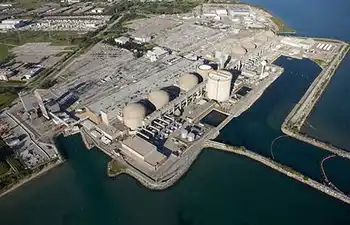Entergy: 2 storms cost at least $1 billion
Of Entergy's six regulated power utilities in Louisiana, Texas and Mississippi, Entergy Texas took the most damage during Ike — an estimated $435 million to $510 million. Entergy said that storm cost a total ranging from $525 million to $625 million.
Earlier, Entergy estimated the cost of repairs and restoring electricity following Gustav to range from $500 million to $600 million.
New Orleans-based Entergy also said it expects a yet-to-be determined drop in utility revenue for the third quarter because of the storm outages. The company noted that each utility unit would be responsible for its costs and recovering those costs.
How much might be passed on to ratepayers depends upon storm reserves and insurance payments, among other factors, Entergy said.
Customers of two Entergy units — Entergy Gulf States Louisiana and Entergy Louisiana — are paying about $1 billion over 10 years to cover hurricane repair costs from hurricanes Katrina and Rita and set up a storm reserve fund.
Another Entergy utility, Entergy New Orleans, filed for federal bankruptcy reorganization in October 2005 after Katrina wiped out almost its entire customer base. The company emerged 20 months later with a plan that paid off all creditors. The utility also received $200 million in federal funding for part of its storm recovery costs.
Entergy said all of the 705,400 Entergy customers systemwide who can take power had been restored to service following Ike, which blew ashore on the Texas coast on September 13.
Entergy Gulf States Louisiana and Entergy Louisiana took the brunt of the damage from Gustav's arrival on September 1, sustaining a combined damage total of $440 million to $520 million.
In afternoon trading, Entergy shares were up $3.31, or 3.9 percent, at $88.13. The shares have traded in a 52-week range of $83.78 to $127.48.
Related News

COVID-19 pandemic zaps electricity usage in Ontario as people stay home
TORONTO - Demand for electricity in Ontario last year fell to levels rarely seen in decades amid shifts in usage patterns caused by pandemic measures, new data show.
The decline came despite a hot summer that had people rushing to crank up the air conditioning at home, the province’s power management agency said.
“We do have this very interesting shift in who’s using the energy,” said Chuck Farmer, senior director of power system planning with the Independent Electricity System Operator.
“Residential users are using more electricity than we thought they would and the commercial consumers are using less.”
The onset of the pandemic last…





